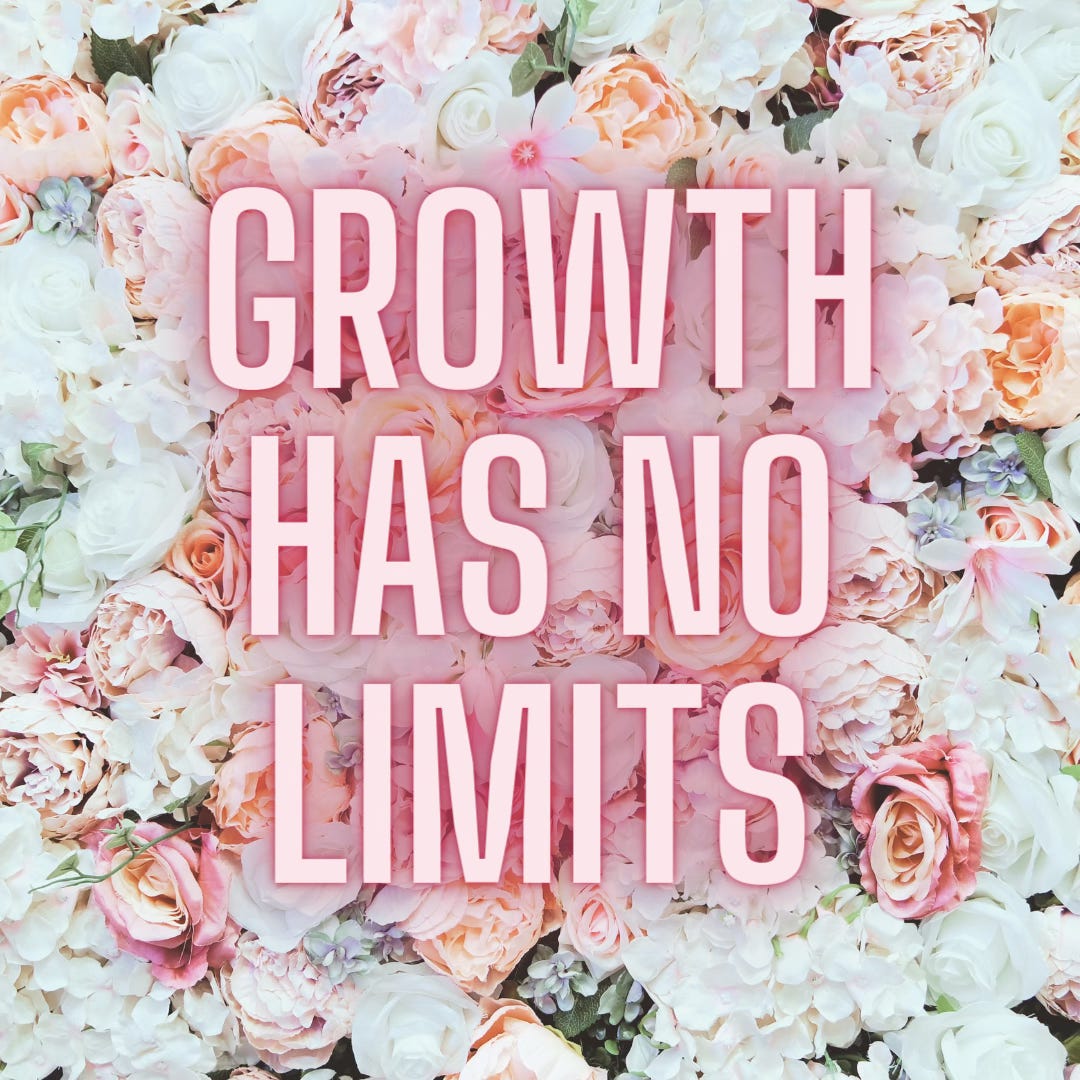How To Know When You're Projecting Or When Someone Is Projecting Onto You
Understanding, Identifying, & Responding To Unconscious Defense Mechanisms
In moments of conflict, it can be frustrating to hear the adage that what you dislike in others is often a reflection of what you dislike in yourself. However, there is some truth to this notion, as projection, an unconscious defense mechanism, often comes into play. Projection involves disowning an unacceptable part of oneself and attributing it to someone else. By exploring the concept of projection, we can gain insight into its impact on interpersonal dynamics and learn to navigate challenging situations with greater self-awareness.
Understanding Projection
Projection is a psychological defense mechanism that distorts our perception of reality. It involves displacing our feelings, thoughts, tendencies, fears, and insecurities onto others to protect ourselves. Despite its prevalence, recognizing when we are projecting can be challenging.
The Impact of Projection
Projection clouds our judgment, leading us to misinterpret situations and transform individuals or circumstances into something they are not. Engaging in projection can lead to a dangerous cycle of self-victimization, as we blame others for issues that we need to address within ourselves.
Acknowledging Both Negative and Positive Projections
Just as we tend to project our negative qualities onto others, we can also unconsciously project positive attributes that we find challenging to accept in ourselves. At times, it can be easier to recognize these positive qualities in others rather than claim them for ourselves. Embracing both aspects, negative and positive, requires self-reflection and self-acceptance.
For example, an artist may project their own creativity onto their friends, seeing them as artists when they may not be. On the other hand, someone who is dishonest may believe that other people are lying, projecting their own insecurities onto others. Or if someone is angry about something and uncomfortable with owning their anger, they may act as though others are the ones who are angry.
Common Projections:
Fear and anxiety
Shame
Insecurities
Childhood pain
Trauma
Suppressed fantasies
Repressed desires
Unexplored aspects of ourselves
Our parents' traits
Unrealistic expectations
Judgment and criticism
Unresolved past experiences
Pent-up emotions
Deep-rooted core beliefs
Abandonment wounds
Navigating Other People's Projections
Recognizing our own projections is vital, but it's equally crucial to avoid internalizing projections from others. This detachment helps maintain emotional boundaries and prevents us from taking undue responsibility for someone else's behavior. In situations where projection takes more extreme forms, like paranoia or manipulation, our focus should shift towards managing our response. This could involve practicing nonviolent communication, assertively setting boundaries, or even choosing to distance ourselves from the situation to prioritize our psychological safety.
How to Know When Someone is Projecting Onto You
Recognizing when someone is projecting their emotions or behavior onto you involves keeping an eye out for the following signs:
Exaggerated Reactions: They tend to overreact to minor or trivial situations. This behavior means they are struggling to manage their emotions and using defense mechanisms to cope with their inner turmoil.
Unwarranted Blame: They quickly assign blame to you for their unresolved issues, unfairly accusing you in an attempt to displace their fears and emotions onto you. This process of blaming is a classic indicator of projection.
Negative Language: They use accusatory or negative language towards you as a means to unload their inner conflicts or emotions onto you.
Defensive Reactions & Emotional Intensity: When you attempt to hold them accountable for their behavior, their defensive responses and heightened emotional reactions often serve as a shield, deflecting the focus from their unresolved issues and projecting them onto you.
Lack of Self-Awareness: They refuse to self-reflect and acknowledge their role in the situation.
Repeating Patterns: You notice a pattern of projection in various situations.
Distorted Reality: They may struggle with a distorted perception of reality, often perceiving situations in a skewed, paranoid, or exaggerated manner.
Shifting Responsibility & Self-Victimization: In situations they have created, they may portray themselves as victims, deflecting responsibility for their actions onto others.
Boundary Issues: They may exhibit difficulty in respecting personal boundaries, often overstepping or disregarding their own limits or limits set by others.
Selective Memory/Toxic Amnesia: Acting confused or misremembering situations to align with their projections.
How to Know When You're Projecting
It's also essential to identify when you might be projecting. Keep an eye out for these telltale signs:
Excessive Sensitivity: Feeling disproportionately hurt or offended in response to someone's words or actions. This heightened sensitivity may sometimes stem from the current situation triggering emotions tied to past experiences, leading to the projection of those unresolved feelings onto the present moment.
Quick to Blame: Swiftly assigning blame in situations where you may bear some level of responsibility.
Defensiveness to Feedback: Becoming defensive or resistant when receiving constructive feedback, perceiving it as a personal attack.
Lack of Objectivity: Struggling to remain objective, gain perspective, or see situations from another person's viewpoint.
Recurring Patterns: Recognizing repeating patterns of emotional volatility and boundary issues in different situations.
Selective Memory/Toxic Amnesia: Remembering situations to align with your projection, while leaving out contradictory details.
Escapism & Avoidance Patterns: Actively avoiding situations or people as a way to temporarily ease emotional distress and sidestep the discomfort of self-reflection, having a direct conversation with someone, or owning the aspects of yourself projected onto others.
In both scenarios, awareness is the first step toward managing projection, whether it's your own or someone else's.
How to Stop Projecting
STEP 1: Begin by engaging in honest self-reflection. Ask yourself the following questions and take the time to write down your answers:
What part of my past does this person's behavior or words remind me of? Who or what does this person or situation remind me of from my past?
How does this situation impact me on an emotional level?
What narratives or stories am I constructing about this person or the current situation? Are these stories objectively true? If not, what is objectively true?
Do I find myself reacting strongly to this? If so, how do I react, and what are my immediate impulses or desires?
In what ways do I find similarities between my behavior and this person's behavior? Are there any areas in my life where I also display similar traits?
In what ways do I differ from this person? What aspects of my behavior are distinct, and why is that the case?
Do I fear that I might share traits with this person, or that others might perceive me in a similar way? If so, what lies at the core of this fear?
What actions can I take to prioritize self-care in this moment? How can I provide comfort to myself?
How can I maintain a sense of compassion while also establishing healthy boundaries with this person or within this situation?
By addressing these questions, you're taking a proactive step toward recognizing and managing projection in your interactions and emotions.
STEP 2: Reclaim your power with mind-body integration and setting boundaries:
The second step in navigating projection involves integrating the knowledge you have gained from the previous steps to identify the projection so you can establish boundaries and reclaim a sense of empowerment. A somatic process can assist with this, enabling you to self-regulate and shift into a more objective, compassionate mindset.
Begin with a relaxation exercise, taking ten slow, deep belly breaths and closing your eyes to still the mind. As you breathe, visualize all disowned parts of yourself (your projections) coming back to you.
Visualize compassion as a color or symbol enveloping your entire body as you take ten deep breaths to release any projections you may have taken on from others. With each breath, imagine clearing a path in your awareness, helping you cultivate clarity.
Set the intention to implement a boundary that will help you deal with the situation. Take ten breaths to integrate and digest this experience.
After your meditation, reflect on your experience and write down your insights. Consider what boundary you identified and how you will follow through with it. Implementing this boundary can empower you to take command of your emotions and relationships, fostering a deeper sense of emotional well-being.
Understanding projection allows us to unravel the complex dynamics of human interaction. By recognizing and acknowledging our projections, we can take responsibility for our emotions and work towards personal growth. Simultaneously, it is vital to navigate the projections of others with care, recognizing that our self-worth is not defined by their perceptions. Through self-reflection and boundary-setting, we can foster healthier relationships and cultivate a greater sense of self-awareness and emotional well-being.
Important To Note
It's important to note that recognizing projection is a valuable tool for self-awareness and personal growth, not a means of gaslighting oneself. In cases of genuine abuse, disrespect, exploitation, violence, or oppression, it's crucial to acknowledge and address the core issues directly and, if needed, seek professional support. If you ever feel manipulated into thinking that your emotions or reactions are entirely your fault, remember that you have the right to seek understanding without self-blame.





